Pros
- Excellent design
- IP68 dust and water resistance
- Great 200-megapixel rear camera
- Very good display
Cons
- Not particularly great value
- No 4K 60FPS shooting capability
- Still loaded with bloatware
Xiaomi has taken its supposed budget Redmi Note lineup and has slowly been moving it up its product stack, so much so that the newly released phones in the Redmi Note 13 series are smack dab in the mid-range segment. That hasn’t sat well with the Xiaomi diehards who helped the brand’s meteoric rise when it entered (and re-entered) the Philippine market all those years ago, but Xiaomi is setting its sights on global domination, and it’s convinced that this course of action is the way to go to achieve that goal.
In Xiaomi’s defense, the Redmi Note 13 Pro+ is one of the best phones they’ve released for the midrange recently. It feels great in the hands, and buyers finally get IP68 water resistance in the brand’s mid-range lineup without having to pay for a premium. Unfortunately, old problems remain, like the ever-present bloatware and the brand’s insistence on using a 2-megapixel sensor to pad out the camera module.
Redmi Note 13 Pro+ Review Philippines: Design
The Redmi Note 13 Pro+ looks the part of a premium phone, thanks largely to its curved sides and curved front panel. There are two colors available for the phone: white and black, and no matter which color you choose you’re getting a frosted back finish. The back of the phone is glass, which is an improvement over the usual plastic that we get on other devices.
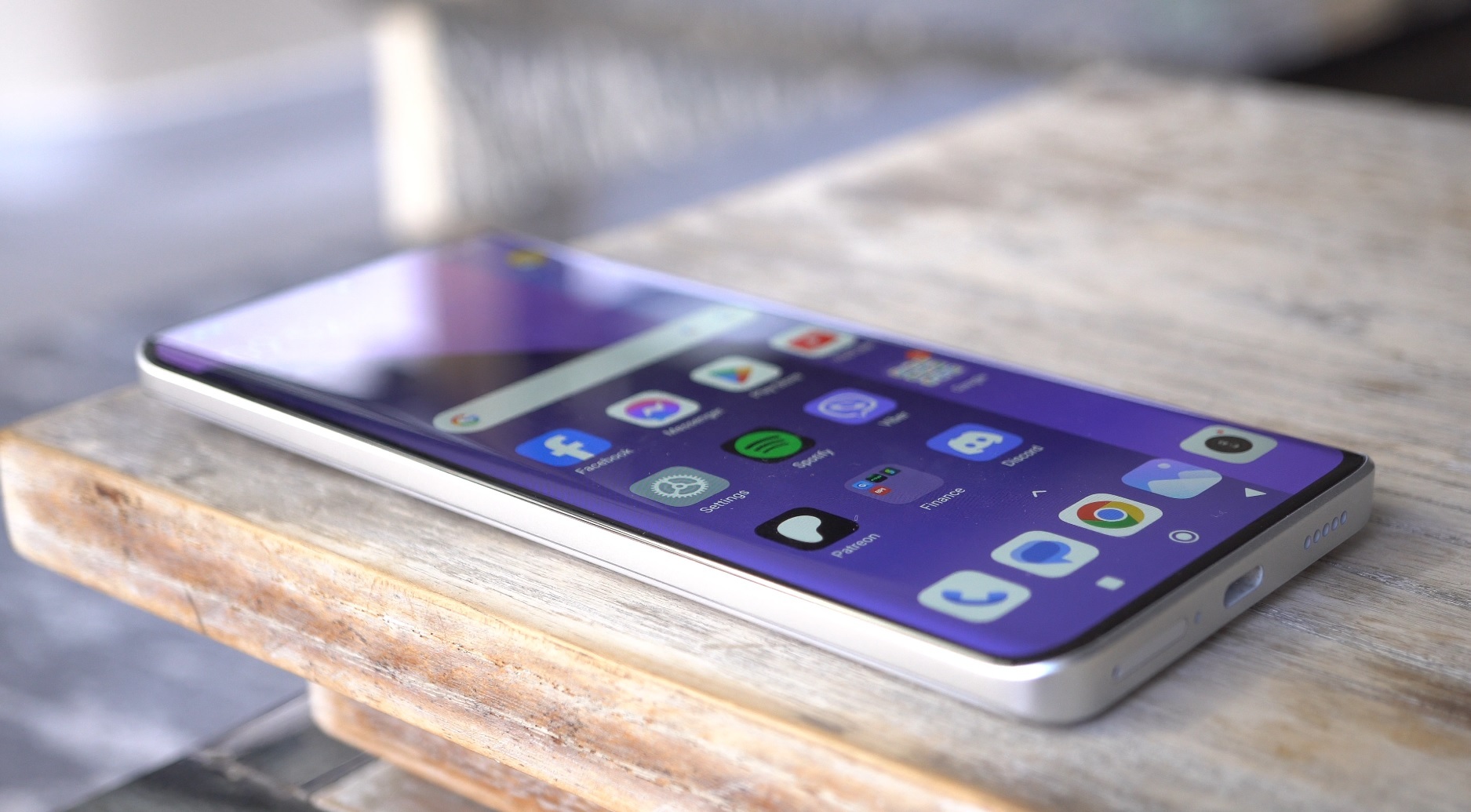
The frame of the phone is aluminum which also receives a matte finish, and Xiaomi says that the edges of the frame have been reinforced so that the phone fares better during accidental drops.
The phone uses a different camera module layout than the previous iteration, though Xiaomi still stubbornly insists on adding a 2-megapixel camera to the mix. The whole design would have looked better in my opinion with just two cameras in the module, and I honestly don’t understand why Xiaomi keeps shipping mid-range phones with a filler camera in them.
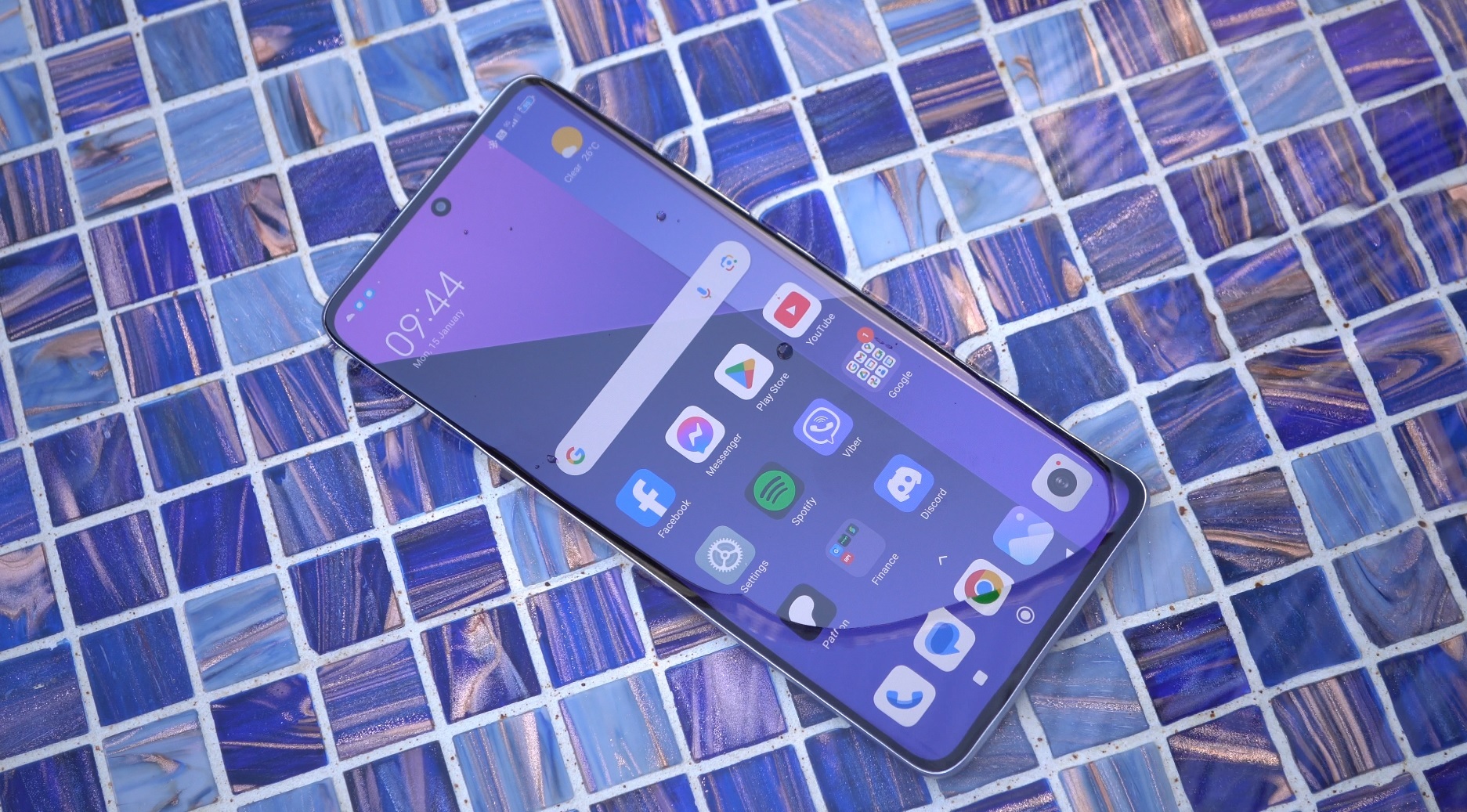
The Redmi Note 12 Pro+ also gest one of the best features that I think most mid-range devices should ship with standard: IP68 ingress protection. You no longer have to be scared about dunking the phone in water or it getting wet, as it’s rated to survive being submerged in 1.5 meters of water for 30 minutes without anything happening to it.
Overall the Redmi Note 13 Pro+ feels like a proper, premium mid-range phone thanks to its symmetrical curves on the body along with the matte finish, reinforced aluminum frame, and glass back.
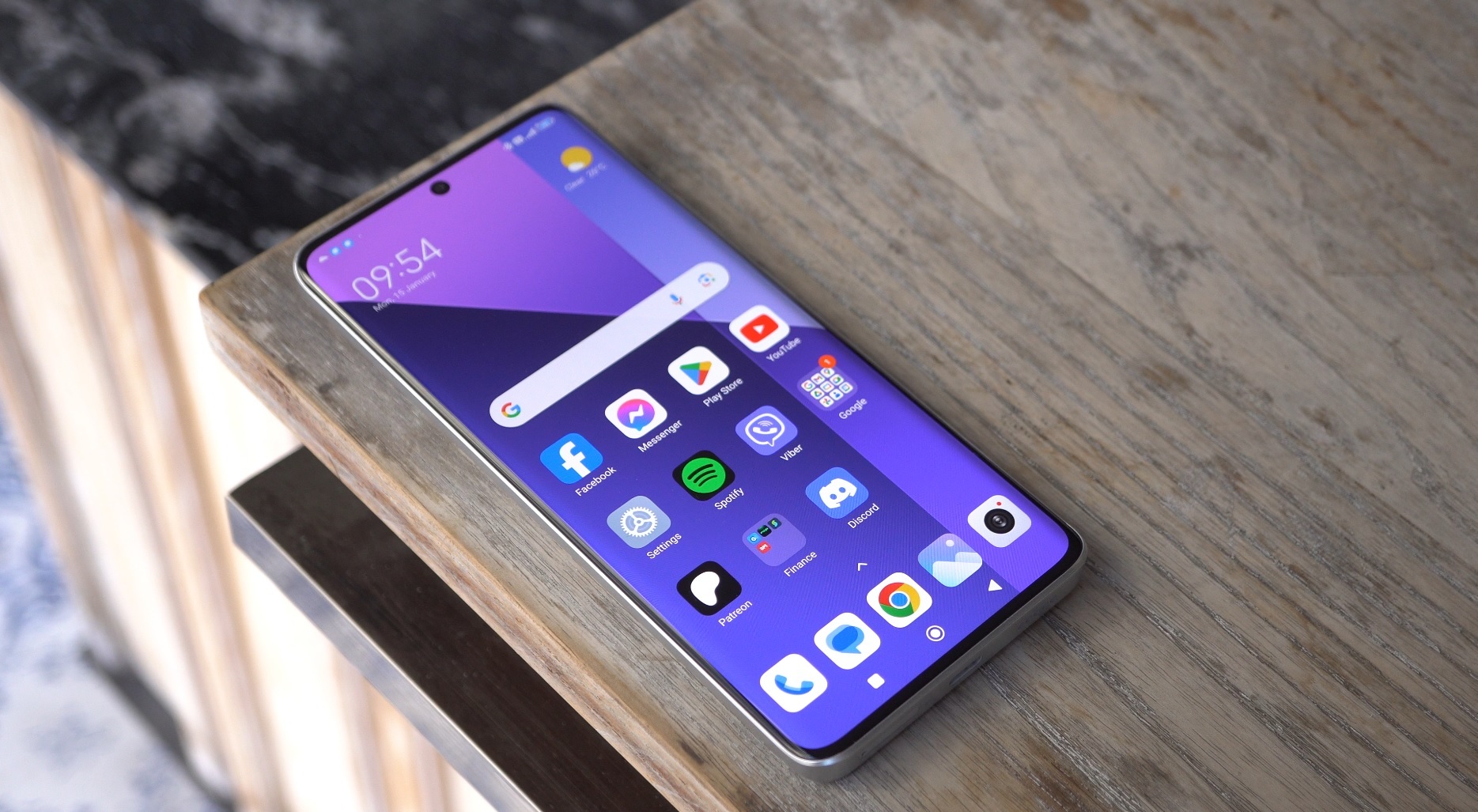
Redmi Note 13 Pro+ Review Philippines: Display
The display of the Redmi Note 13 Pro+ matches the quality of the exterior of the phone. While it’s still the same size as last year’s model at 6.67 inches, Xiaomi has upgraded the resolution to 2712 x 1220, which gives you a total pixel density of 446ppi.
What’s even more impressive is that you’re now getting up to 1,800 nits in overall brightness when viewing HDR content, bright enough to watch your favorite Netflix series even under direct sunlight.
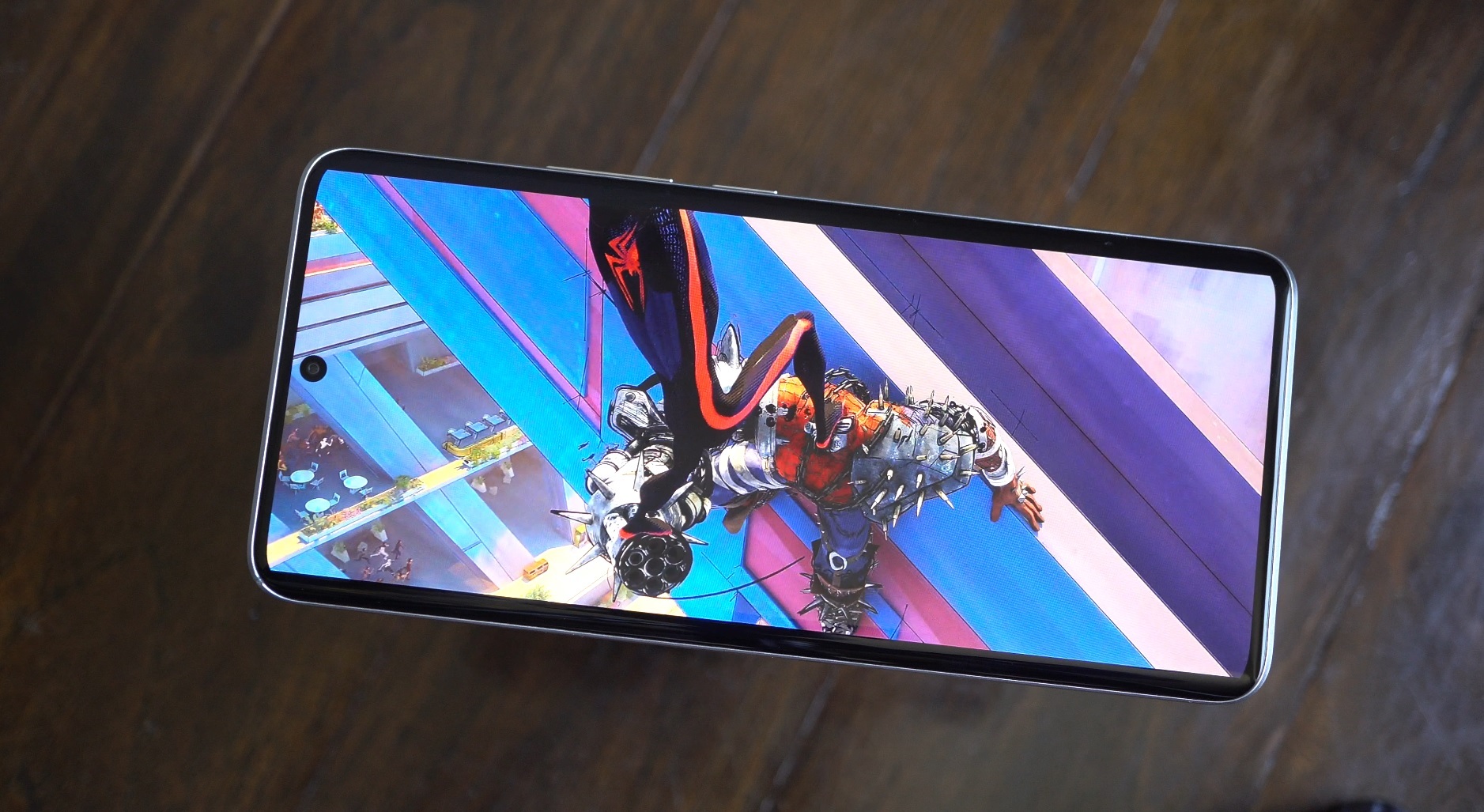
If it wasn’t obvious already, the phone’s display is curved, with the panel sporting a 25-degree curvature. The display is bright and vibrant thanks to the fact that it’s an AMOLED screen, and like every modern phone in its price range the Redmi Note 13 Pro+ has a 120Hz refresh rate. The bezels are quite small, which adds to the overall viewing size. Finally, the display is protected by Gorilla Glass Victus, which adds a layer of shatter protection.
The phone also has great palm rejection, which meant I never suffered from accidental presses or mistouches.
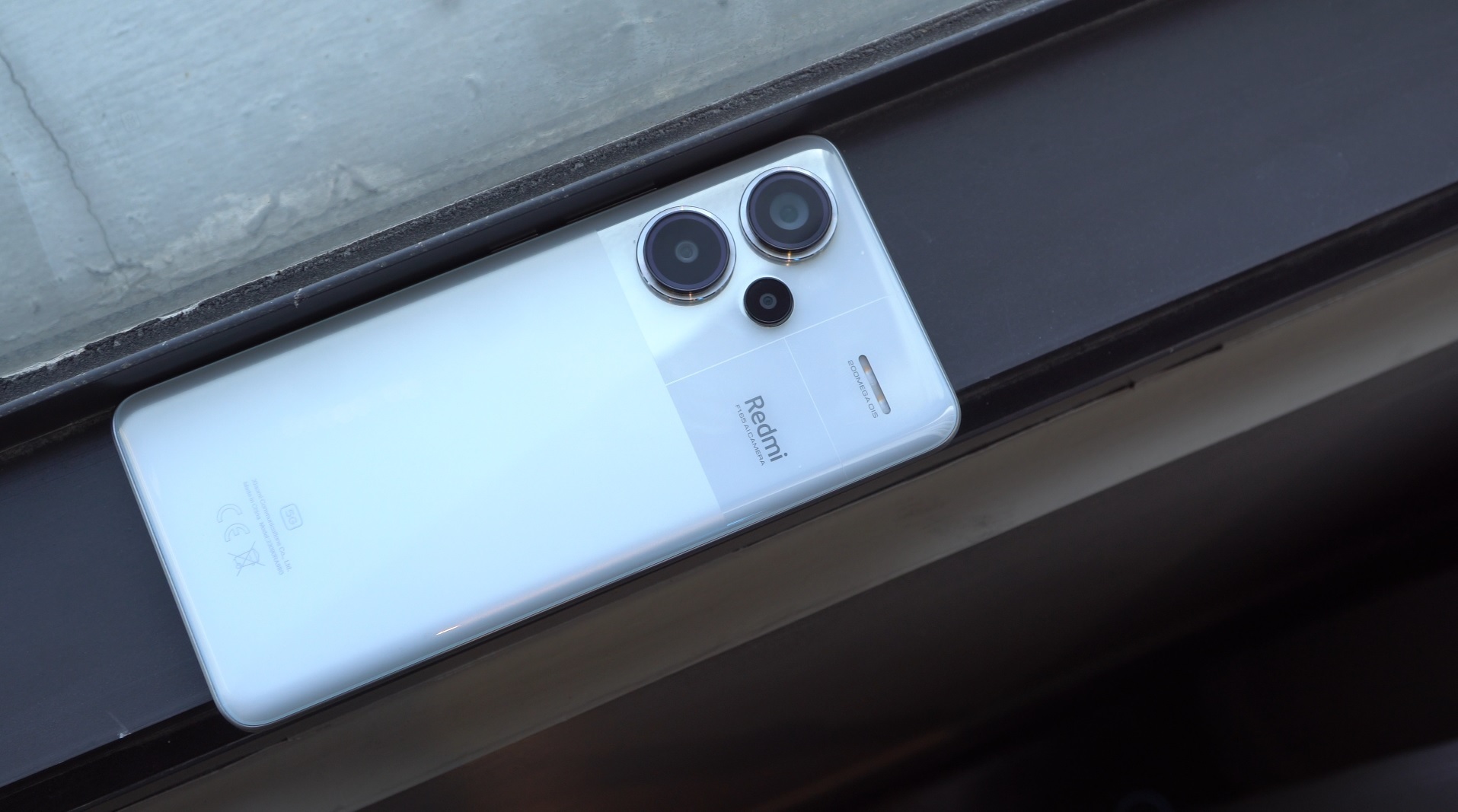
Redmi Note 13 Pro+ Review Philippines: Cameras
Xiaomi upgraded the camera of its marquee Redmi model by adding a 200-megapixel sensor on the rear. The sensor of choice for the Redmi Note 13 Pro+ is Samsung’s tried and tested ISOCELL HP3 module, which is paired with an f/1.65 aperture lens. There’s also an 8-megapixel ultra-wide camera here as well. Frustratingly, Xiaomi still insists on stuffing their premium mid-range models with useless, 2-megapixel filler cameras a trend that I wish would go the way of Daniel Padilla’s career (AKA die).
That mini-rant over, you’ll be happy to know that the main camera delivers good photos and dynamic range with accurate colors when shooting in daylight.
Like with any high-resolution sensor, you’re not getting photos that are 200 megapixels in size – all photos are binned to 12.5MP by default. There’s 2x and 4x shooting, though that’s all achieved through cropping.
Night shots aren’t as great, as you’re getting a bit of noise in some shots, even with the help of OIS. You can get clean night shots but you’re going to have to work for it.
The 8-megapixel ultrawide takes decent shots outdoors but struggles in low light. White balance doesn’t look great either.
What’s annoying here is that Xiaomi still hasn’t learned from its mistakes when it comes to video recording. Despite having a fairly capable main camera with OIS, there’s still no support for 4K 60FPS shooting, which is a disappointment.
There’s also a 16-megapixel front camera which is good enough for selfies and vlogging though we’d suggest staying in well-lit environments as it too, struggles in low-light.
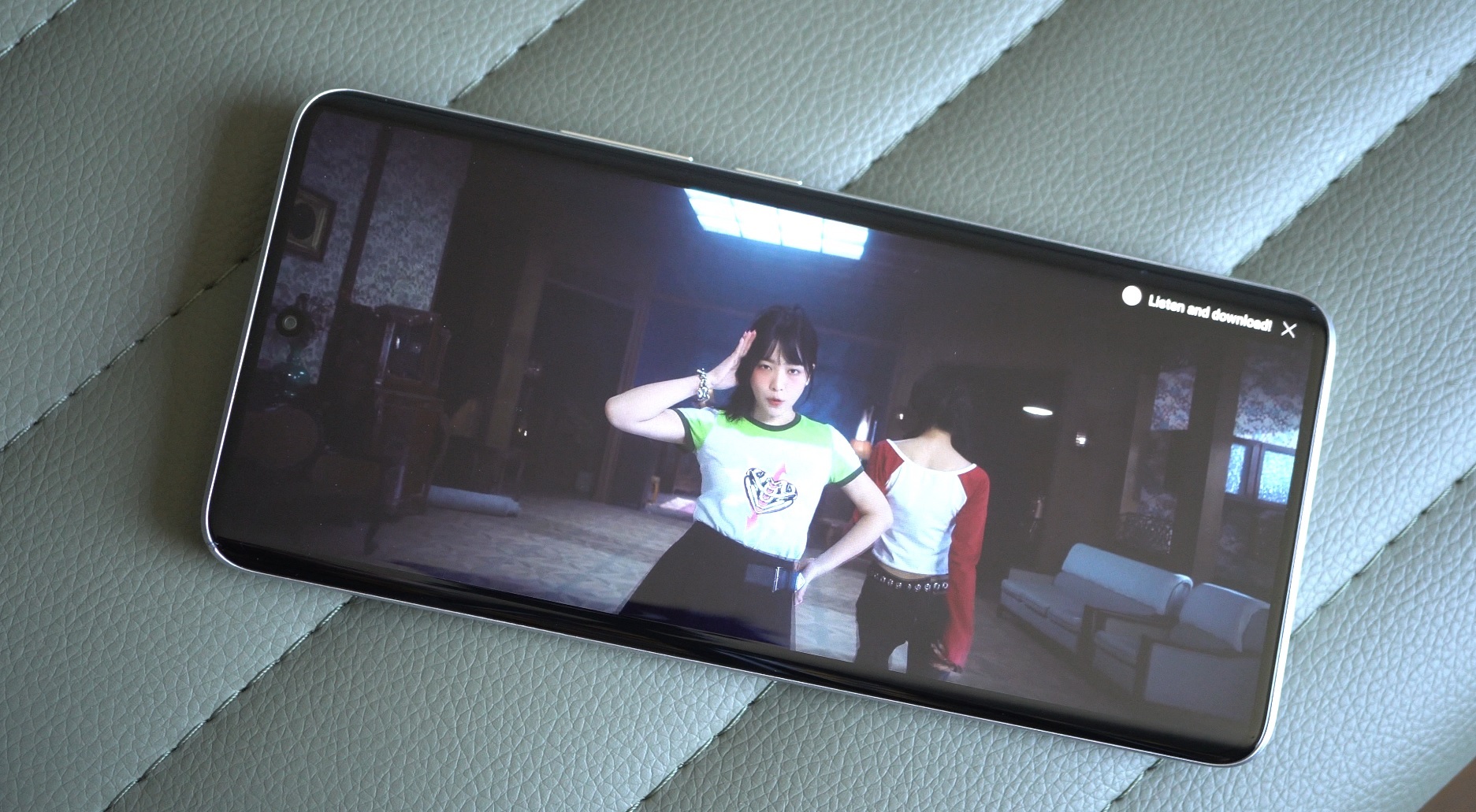
Redmi Note 13 Pro+ Review Philippines: Performance, software, battery life
Last year’s Redmi Note felt underpowered compared to the competition, something that Xiaomi has finally addressed with this year’s offering. The top-tier version of the series now comes with a Dimensity 7200 Ultra processor, with our specific review unit coming with 12GB of RAM and 512GB of storage.
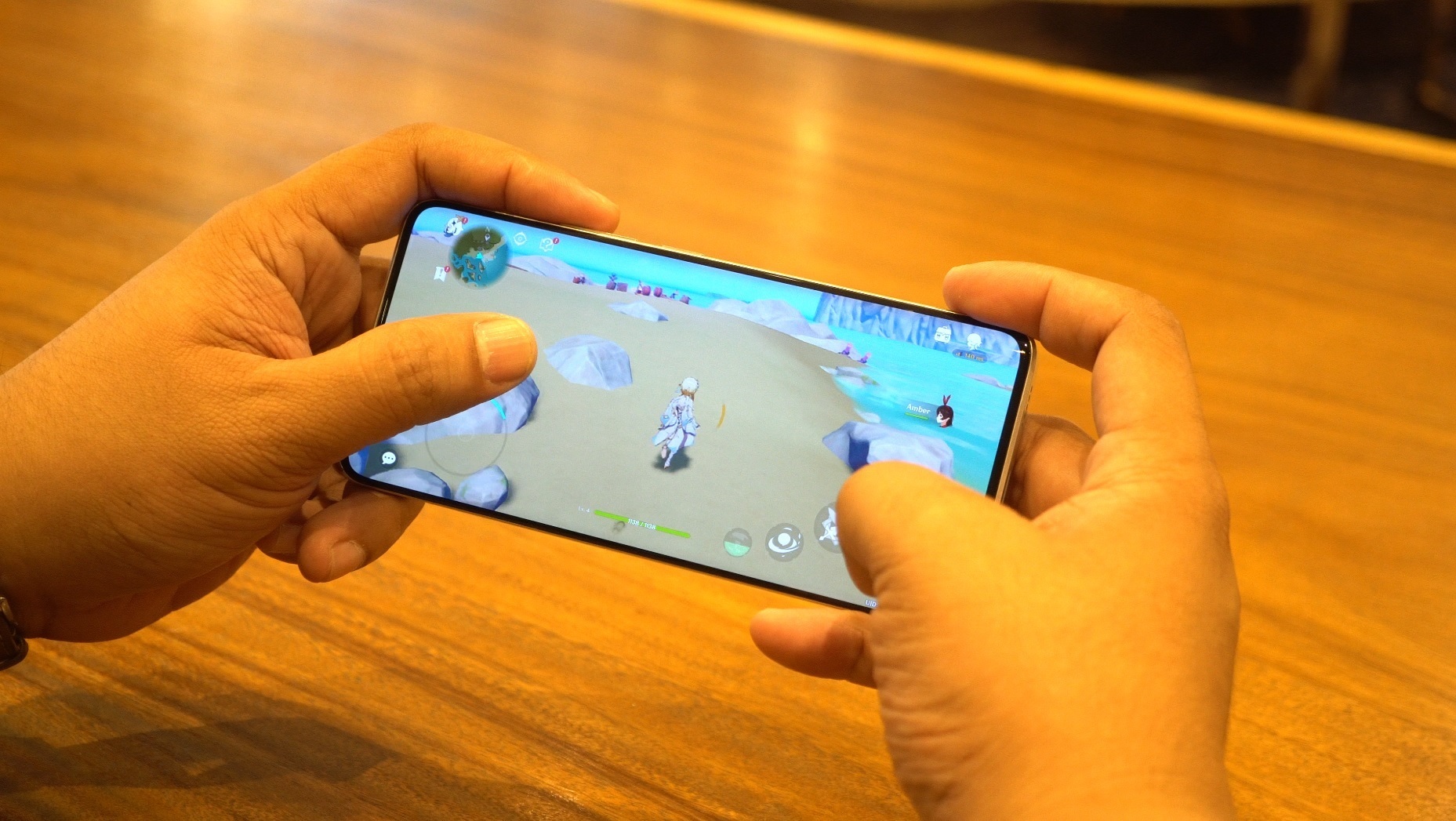
The new processor is very capable when it comes to playing demanding games like Genshin Impact, allowing for better, more stable gaming sessions at higher resolutions versus the previous iteration of the phone. It’s also proved quite adept at keeping the phone running smoothly, though unfortunately, we don’t have specific numbers right now because of restrictions on our review phone of running benchmarks.
Despite the new hardware, old problems with the phone still exist, namely with the software. If you’ve been chomping at the bit to try out Xiaomi’s new HyperOS, you’re out of luck as the Redmi Note 13 Pro+ still ships with MIUI 14, and consequently, Android 13, out of the box. MIUI 14 still installs a lot of unwanted crap on the phone when you first set it up, which is honestly unacceptable for a phone that costs as much as this. It’s something we’ve constantly complained about and Xiaomi still hasn’t stopped doing it.
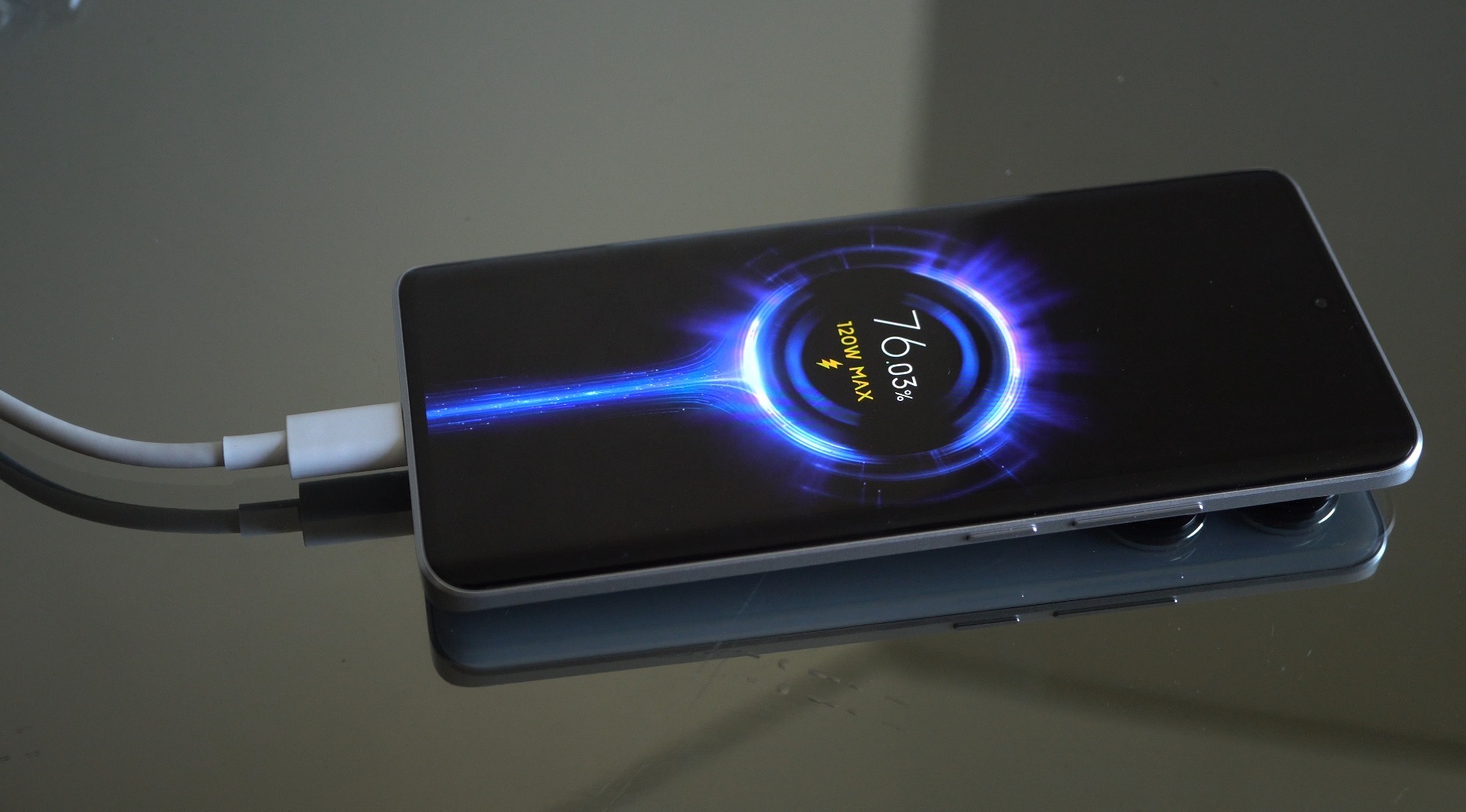
The Redmi Note 13 Pro+ has a 5000mAh battery which is paired with 120W fast charging. Xiaomi includes a 120W fast charger out of the box. Because of the power-efficient nature of the processor and the large capacity battery, you’re looking at more than a day of use on a single charge.
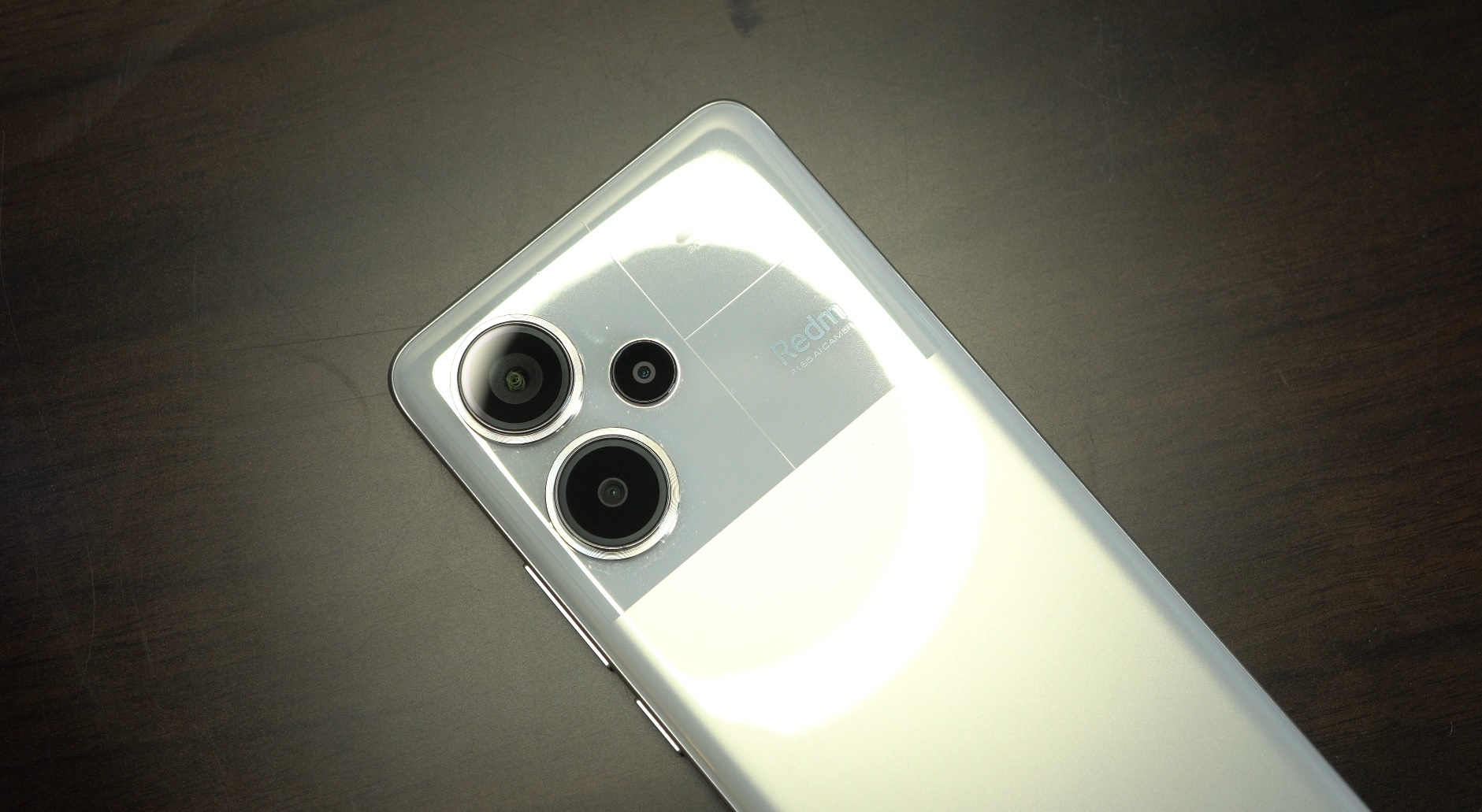
Redmi Note 13 Pro+ Review Philippines: wrap-up and verdict
The Redmi Note 13 Pro+ has a lot of good things going for it, but unfortunately, Xiaomi still hasn’t addressed a lot of the things that complained about from their phones last year. It’s one of the better-looking mid-range phones in the market currently, and an IP68 rating makes it particularly attractive for Filipinos because of our weather. The fact that it comes with a powerful processor and 512GB of storage also makes it a great choice for mobile gamers as well.
This is why I’m annoyed at Xiaomi’s choice of still including a 2-megapixel filler camera with the phone, along with their stubborn insistence on including bloatware, Android 13, and annoying bloatware.
Redmi Note 13 Pro+ Review Philippines: Price
The Redmi Note 13 Pro+ is priced at Php 20,999 for the 8GB/256GB variant and Php 23,999 for the 12GB/512GB variant. The former is exclusive via Shopee.


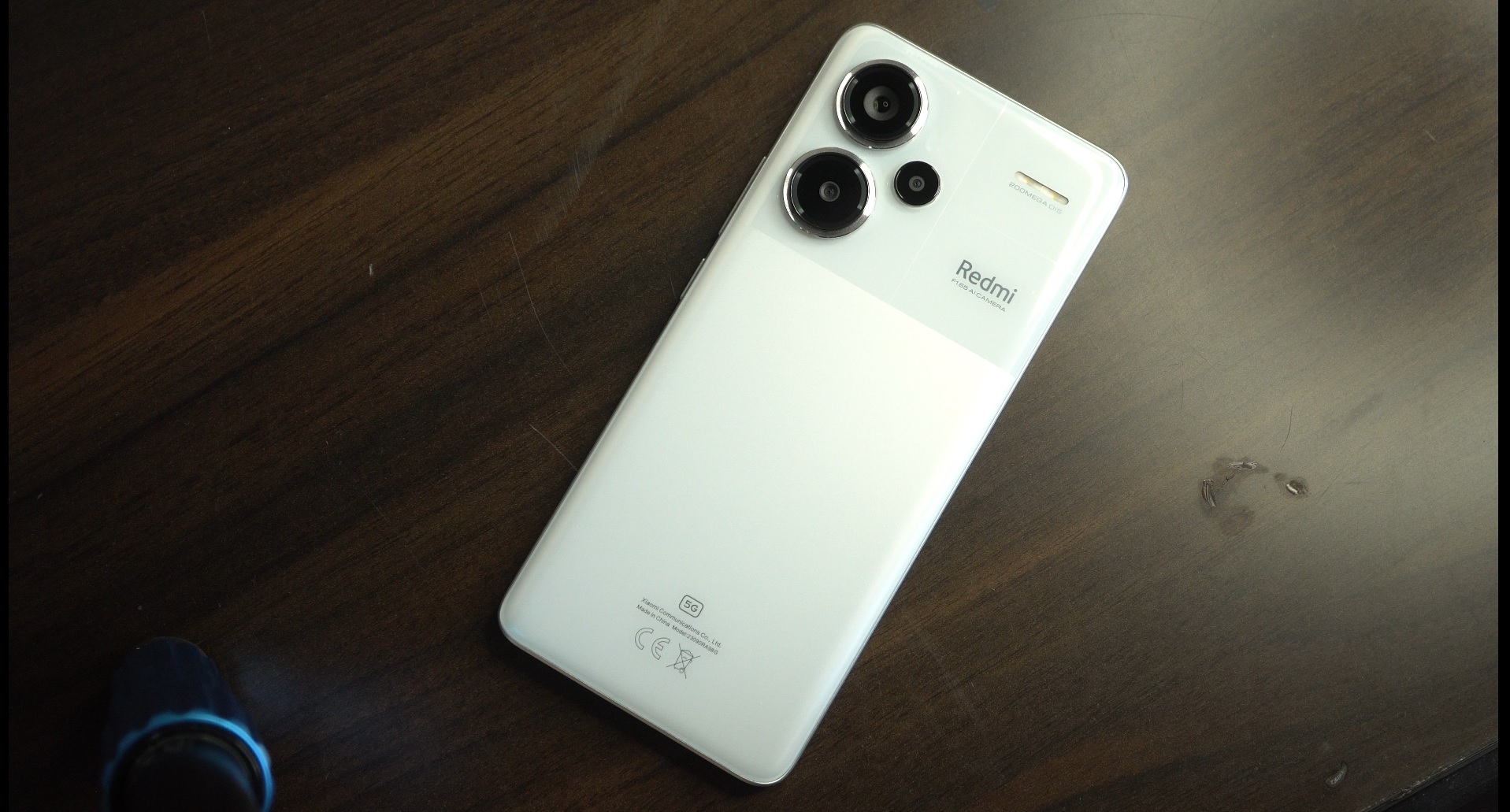



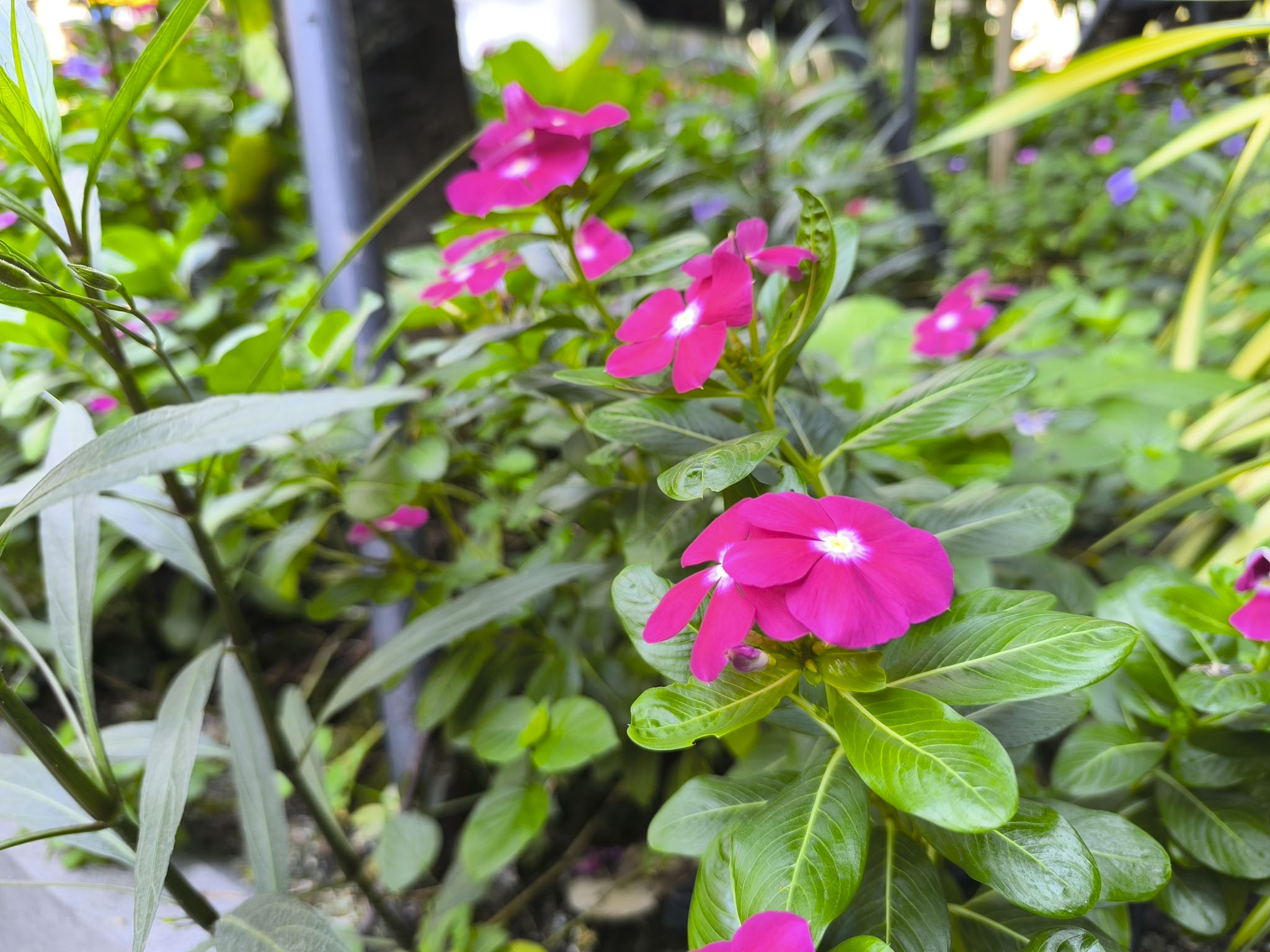


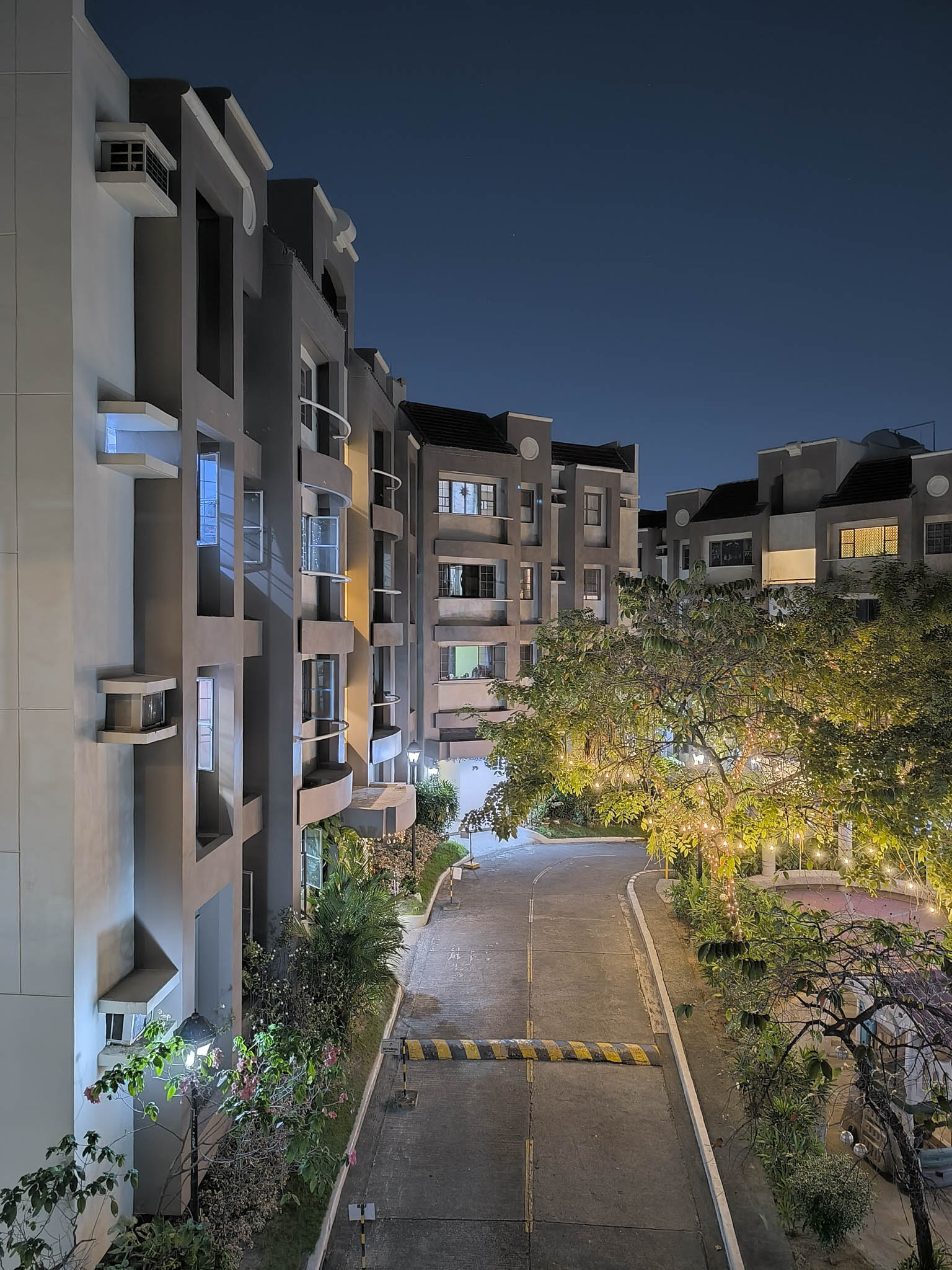
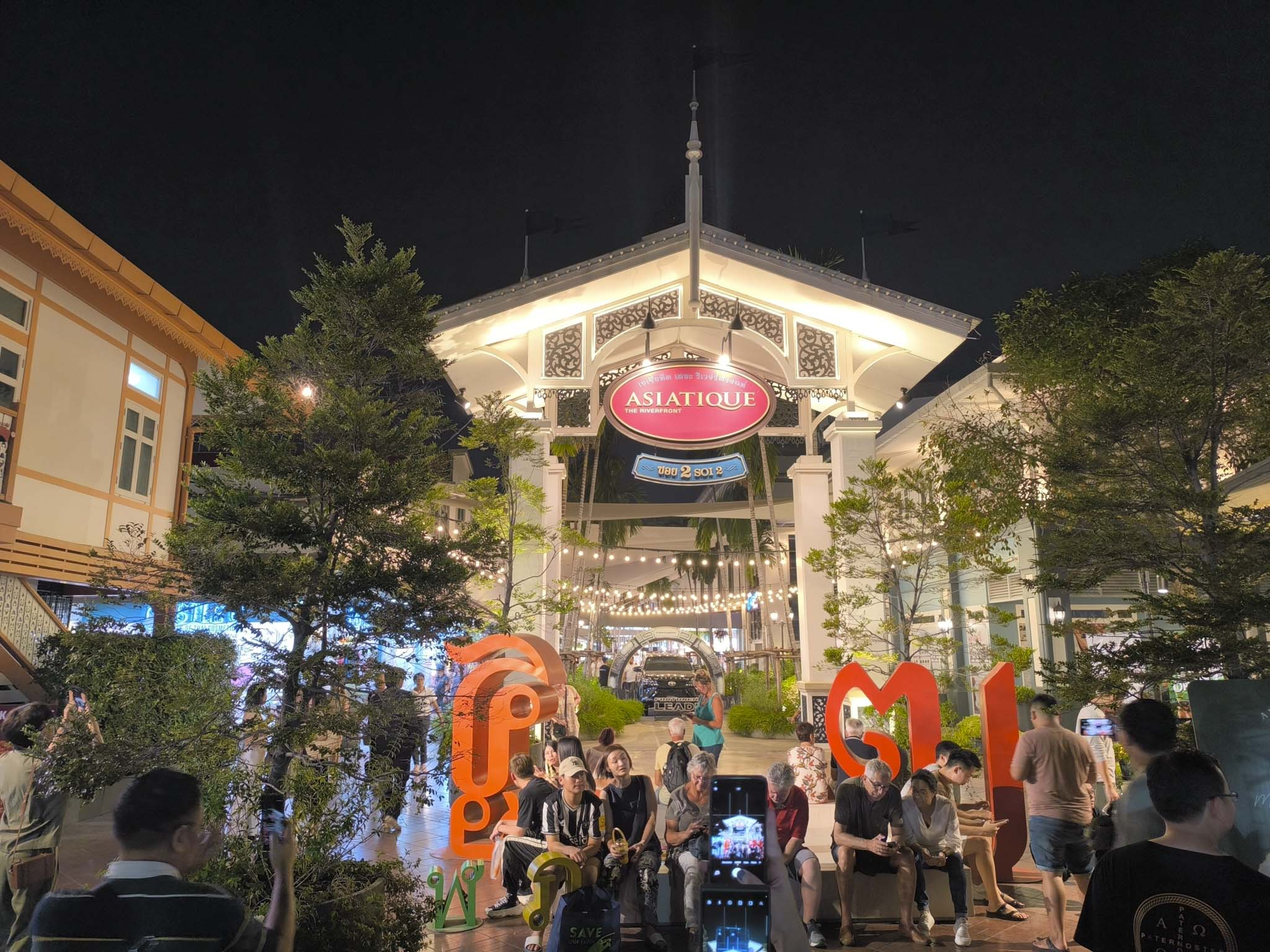
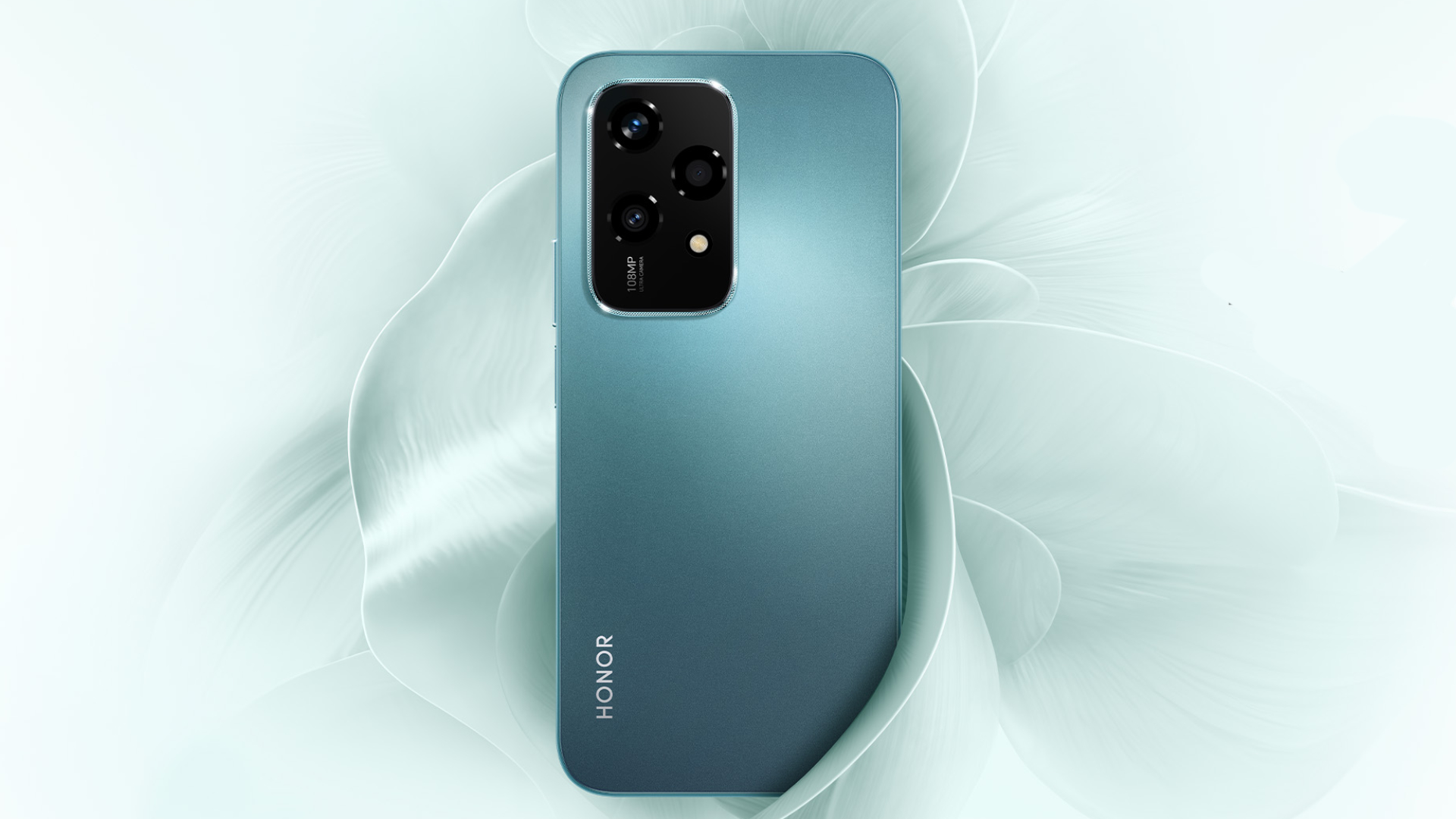
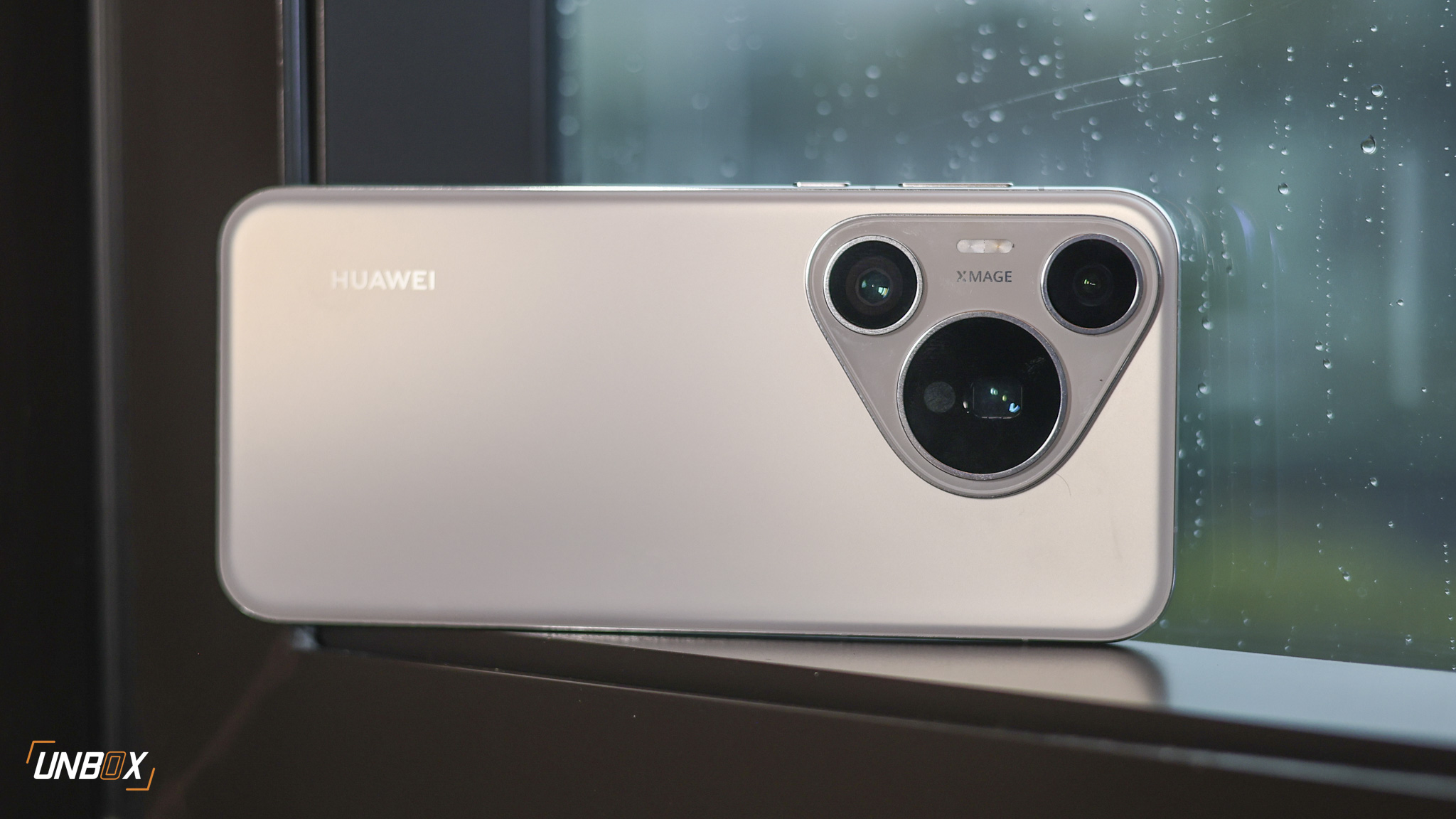
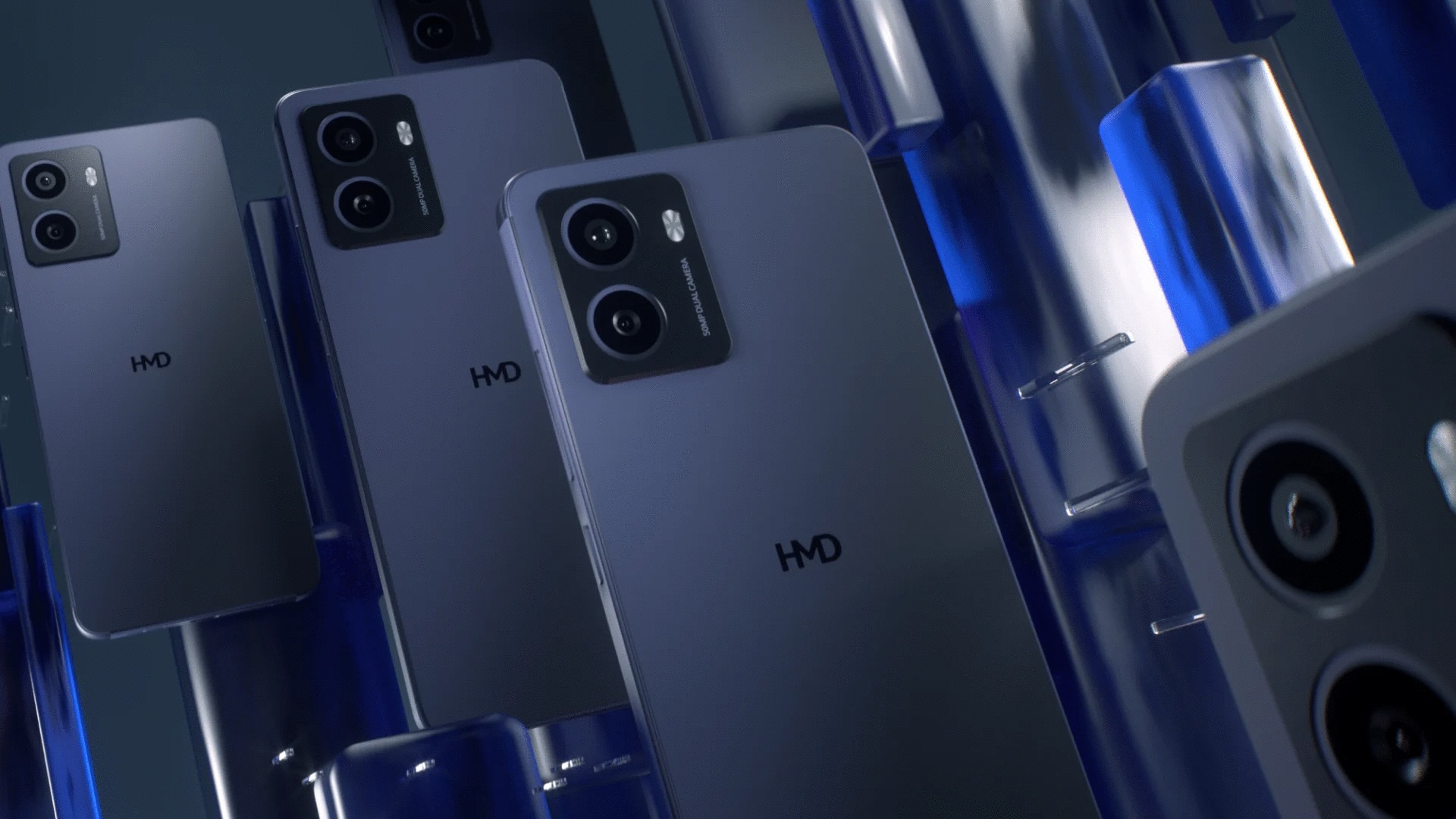
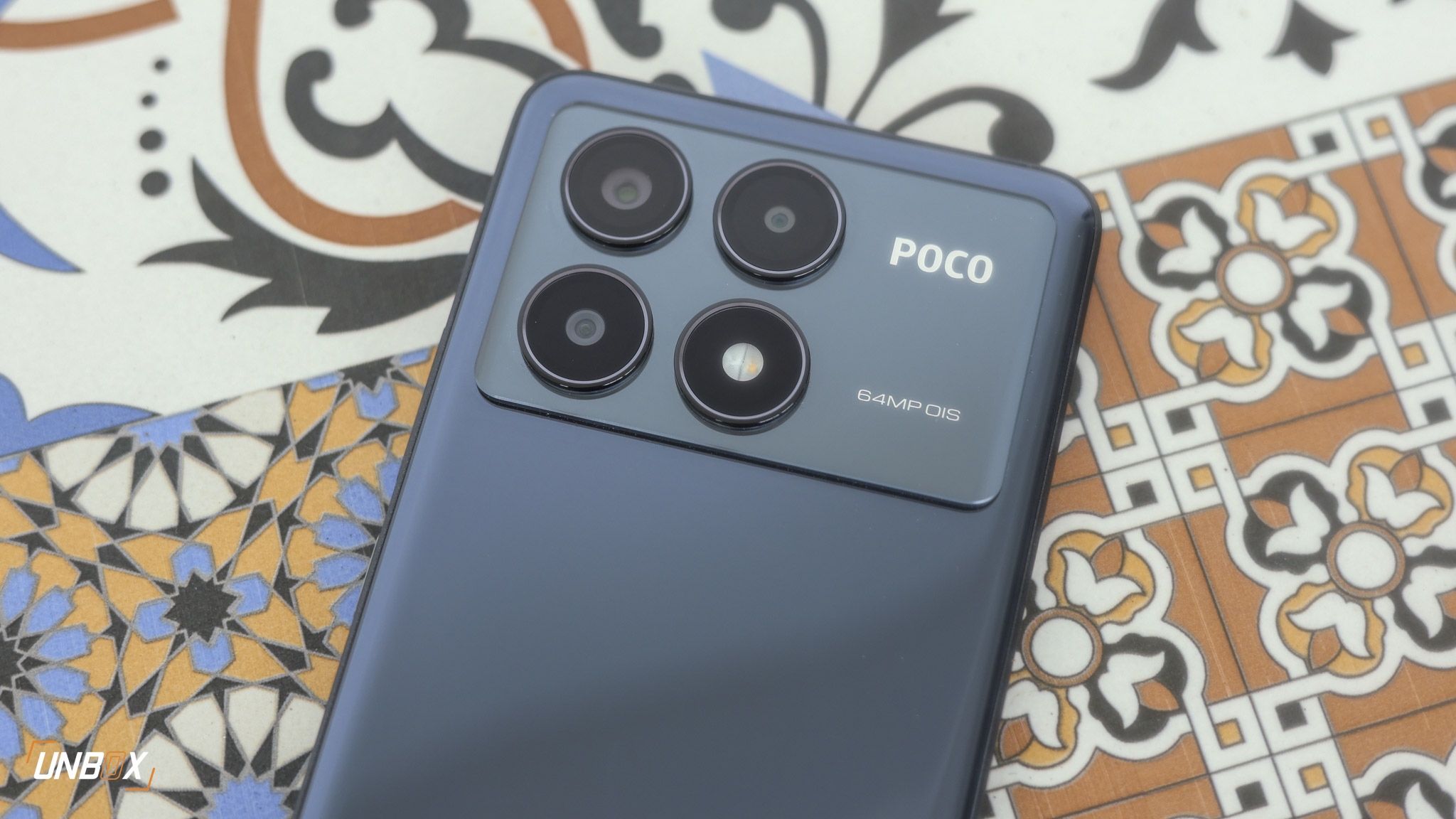
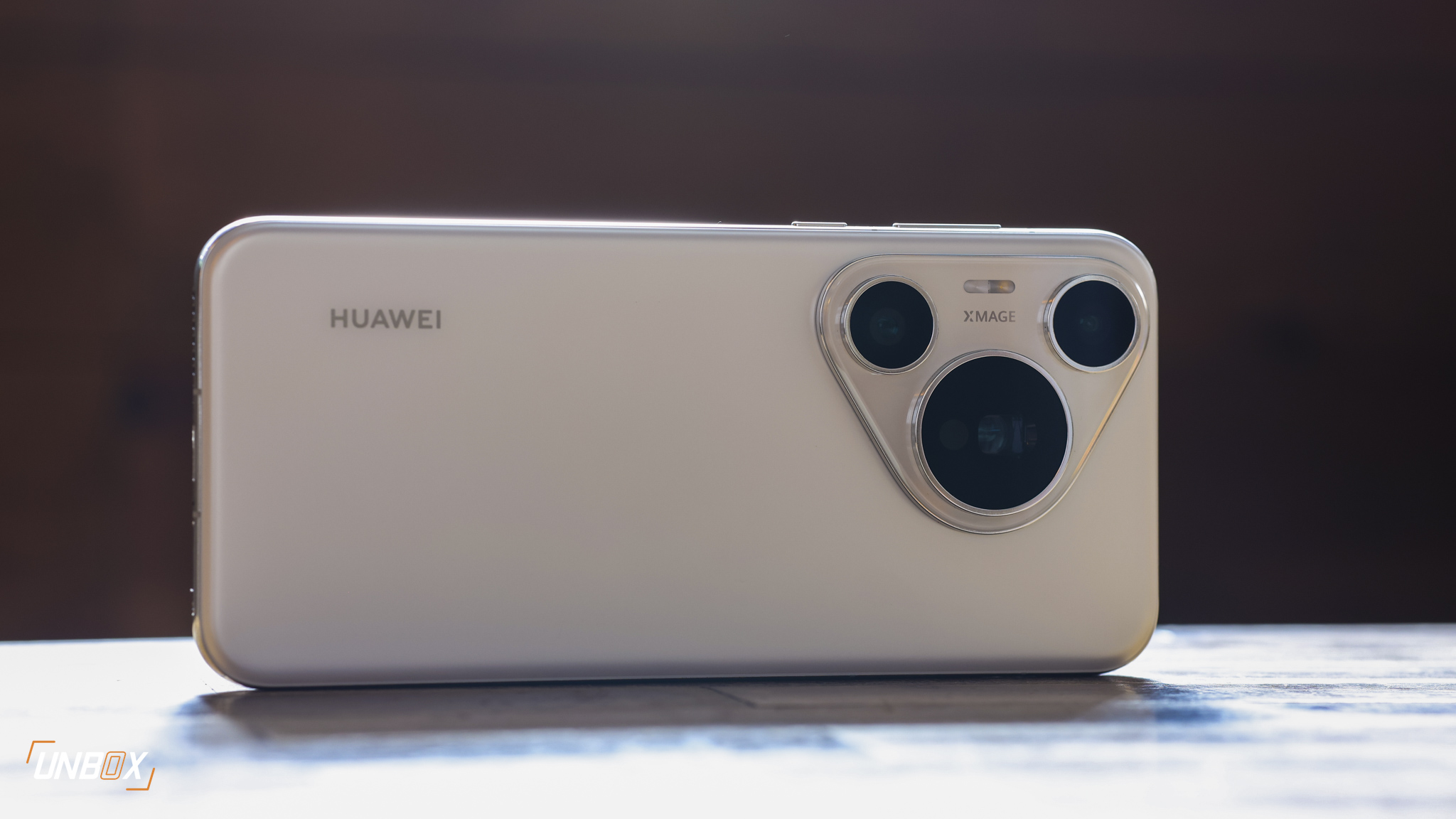
1 Comment